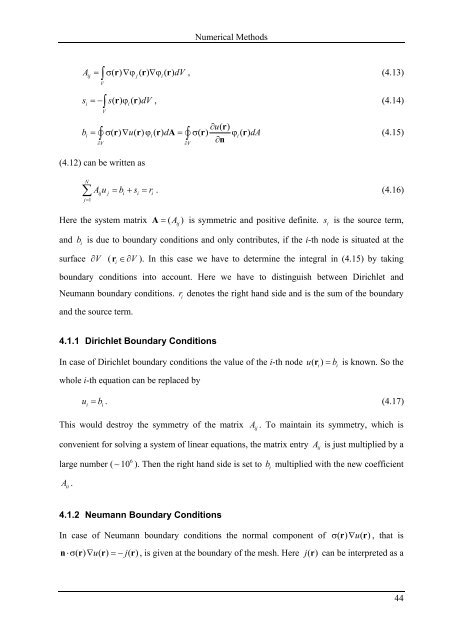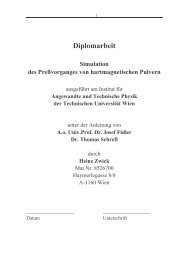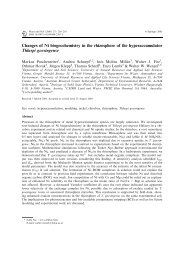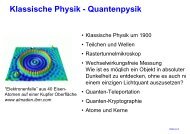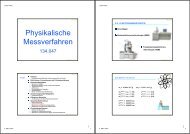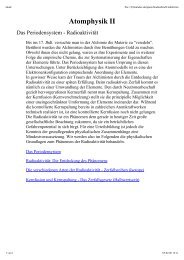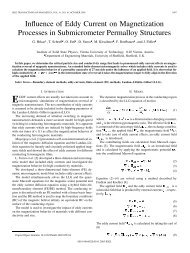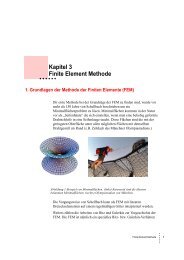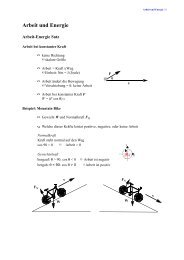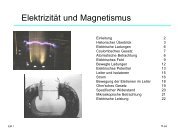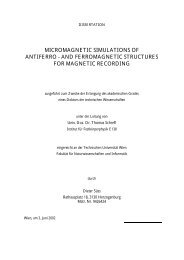Read Back Signals in Magnetic Recording - Research Group Fidler
Read Back Signals in Magnetic Recording - Research Group Fidler
Read Back Signals in Magnetic Recording - Research Group Fidler
Create successful ePaper yourself
Turn your PDF publications into a flip-book with our unique Google optimized e-Paper software.
Numerical Methods<br />
Aij = ∫ σ() r ∇ϕ j () r ∇ϕi()<br />
r dV , (4.13)<br />
V<br />
si =−∫s() r ϕi()<br />
r dV , (4.14)<br />
V<br />
∂u()<br />
r<br />
bi = ∫ σ() r ∇u() r ϕ i() r dA= ∫ σ() r ϕi()<br />
r dA<br />
∂n<br />
� � (4.15)<br />
∂V ∂V<br />
(4.12) can be written as<br />
N<br />
∑ Au ij j<br />
j=<br />
1<br />
= bi + si = ri<br />
. (4.16)<br />
Here the system matrix A = ( Aij<br />
) is symmetric and positive def<strong>in</strong>ite. s i is the source term,<br />
and b i is due to boundary conditions and only contributes, if the i-th node is situated at the<br />
surface ∂ V ( r i ∈∂V<br />
). In this case we have to determ<strong>in</strong>e the <strong>in</strong>tegral <strong>in</strong> (4.15) by tak<strong>in</strong>g<br />
boundary conditions <strong>in</strong>to account. Here we have to dist<strong>in</strong>guish between Dirichlet and<br />
Neumann boundary conditions. r i denotes the right hand side and is the sum of the boundary<br />
and the source term.<br />
4.1.1 Dirichlet Boundary Conditions<br />
In case of Dirichlet boundary conditions the value of the i-th node u( r ) = b is known. So the<br />
whole i-th equation can be replaced by<br />
i i<br />
ui = bi.<br />
(4.17)<br />
This would destroy the symmetry of the matrix A ij . To ma<strong>in</strong>ta<strong>in</strong> its symmetry, which is<br />
convenient for solv<strong>in</strong>g a system of l<strong>in</strong>ear equations, the matrix entry A ii is just multiplied by a<br />
6<br />
large number ( ~10 ). Then the right hand side is set to b i multiplied with the new coefficient<br />
A ii .<br />
4.1.2 Neumann Boundary Conditions<br />
In case of Neumann boundary conditions the normal component of σ() r ∇u()<br />
r , that is<br />
n⋅σ() r ∇ u() r =− j()<br />
r , is given at the boundary of the mesh. Here j() r can be <strong>in</strong>terpreted as a<br />
44


